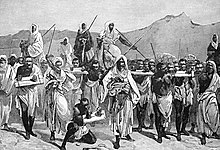
The term Five Civilized Tribes was applied by European Americans in the colonial and early federal period in the history of the United States to the five major Native American nations in the Southeast, the Cherokee, Chickasaw, Choctaw, Muscogee (Creek), and Seminoles. Americans of European descent classified them as "civilized" because they had adopted attributes of the Anglo-American culture.
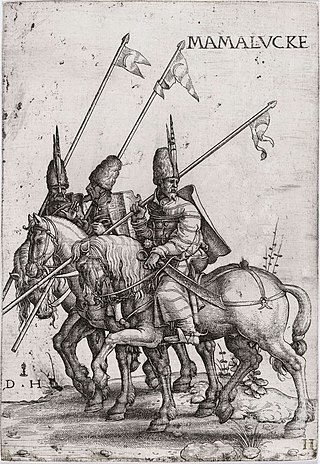
Mamluk were non-Arab, ethnically diverse enslaved mercenaries, slave-soldiers, and freed slaves who were assigned high-ranking military and administrative duties, serving the ruling Arab and Ottoman dynasties in the Muslim world.
Slavery in medieval Europe was widespread. Europe and North Africa were part of a highly interconnected trade network across the Mediterranean Sea, and this included slave trading. During the medieval period (500–1500), wartime captives were commonly forced into slavery. As European kingdoms transitioned to feudal societies, a different legal category of unfree persons -- serfdom -- began to replace slavery as the main economic and agricultural engine. Throughout medieval Europe, the perspectives and societal roles of enslaved peoples differed greatly, from some being restricted to agricultural labor to others being positioned as trusted political advisors.
Black Indians are Native American people – defined as Native American due to being affiliated with Native American communities and being culturally Native American – who also have significant African American heritage.

Islamic views on slavery represent a complex and multifaceted body of Islamic thought, with various Islamic groups or thinkers espousing views on the matter which have been radically different throughout history. Slavery was a mainstay of life in pre-Islamic Arabia and surrounding lands. The Quran and the hadith address slavery extensively, assuming its existence as part of society but viewing it as an exceptional condition and restricting its scope. Early Islamic dogma forbade enslavement of dhimmis, the free members of Islamic society, including non-Muslims and set out to regulate and improve the conditions of human bondage. Islamic law regarded as legal slaves only those non-Muslims who were imprisoned or bought beyond the borders of Islamic rule, or the sons and daughters of slaves already in captivity. In later classical Islamic law, the topic of slavery is covered at great length.
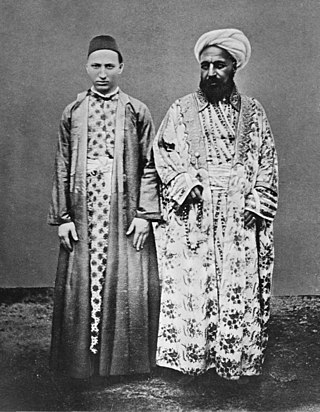
White slavery refers to the slavery of Europeans, whether by non-Europeans, or by other Europeans. Slaves of European origin were present in ancient Rome and in the Islamic world, such as the Arab slave trade, the Barbary slave trade, the Black Sea slave trade and the Ottoman Empire.

Slavery has historically been widespread in Africa. Systems of servitude and slavery were common in parts of Africa in ancient times, as they were in much of the rest of the ancient world. When the trans-Saharan slave trade, Indian Ocean slave trade and Atlantic slave trade began, many of the pre-existing local African slave systems began supplying captives for slave markets outside Africa. Slavery in contemporary Africa is still practiced despite it being illegal.
The Cherokee Freedmen controversy was a political and tribal dispute between the Cherokee Nation of Oklahoma and descendants of the Cherokee Freedmen regarding the issue of tribal membership. The controversy had resulted in several legal proceedings between the two parties from the late 20th century to August 2017.
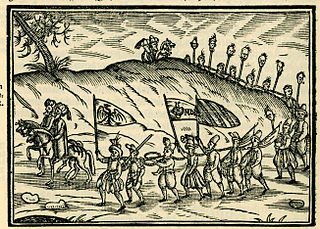
Slavery in the Ottoman Empire was a major institution and a significant part of the Ottoman Empire's economy and traditional society. The main sources of slaves were wars and politically organized enslavement expeditions in the Caucasus, Eastern Europe, Southern Europe, Southeast Europe, and Africa. It has been reported that the selling price of slaves decreased after large military operations. In Constantinople, the administrative and political center of the Ottoman Empire, about a fifth of the 16th- and 17th-century population consisted of slaves. Statistics of these centuries suggest that Istanbul's additional slave imports from the Black Sea have totaled around 2.5 million from 1453 to 1700.

The Choctaw freedmen are former enslaved African Americans who were emancipated and granted citizenship in the Choctaw Nation after the Civil War, according to the tribe's new peace treaty with the United States. The term also applies to their contemporary descendants.

The History of slavery in Iran (Persia) during various ancient, medieval, and modern periods is sparsely catalogued. Slavery was abolished in Iran in 1929.
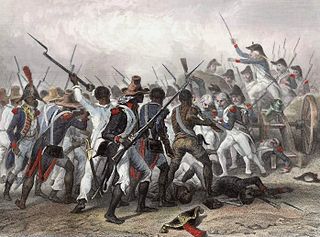
The 1842 Slave Revolt in the Cherokee Nation was the largest escape of a group of slaves to occur in the Cherokee Nation, in what was then Indian Territory. The slave revolt started on November 15, 1842, when a group of 20 African-Americans enslaved by the Cherokee escaped and tried to reach Mexico, where slavery had been abolished in 1829. Along their way south, they were joined by 15 slaves escaping from the Creek Nation in Indian Territory.

Slavery in Yemen was formally abolished in the 1960s. However, it has been reported that enslavement still occurred in the 21st-century.

The history of slavery in the Muslim world began with institutions inherited from pre-Islamic Arabia. The practices of keeping slaves in the Muslim world nevertheless developed in radically different ways in different Muslim states based on a range of social-political factors, as well as the more immediate economic and logistical considerations of the Arab slave trade. As a general principle, Islam encouraged the manumission of Muslim slaves as a way of expiating sins, and many early converts to Islam, such as Bilal, were former slaves. However, Islam never banned the practice, and it persisted as an important institution in the Muslim world through to the modern era.

Indigenous peoples of the Americas slave ownership refers to the ownership of enslaved people by indigenous peoples of the Americas from the colonial period to the abolition of slavery. Indigenous people enslaved Amerindians, Africans, and —occasionally— Europeans.

The Black Sea slave trade trafficked people across the Black Sea from Europe and Caucasus to slavery in the Mediterranean and the Middle East. The Black Sea slave trade was a center of the slave trade between Europe and the rest of the world from antiquity until the 19th century.

The Trans-Saharan slave trade, also known as the Arab slave trade, was a slave trade in which slaves were mainly transported across the Sahara. Most were moved from sub-Saharan Africa to North Africa to be sold to Mediterranean and Middle Eastern civilizations; a small percentage went the other direction. Estimates of the total number of black slaves moved from sub-Saharan Africa to the Arab world range from 6-10 million, and the trans-Saharan trade routes conveyed a significant number of this total, with one estimate tallying around 7.2 million slaves crossing the Sahara from the mid-7th century until the 20th century when it was abolished. The Arabs managed and operated the trans-Saharan slave trade, although Berbers were also actively involved. Alongside Black Africans, Turks, Iranians, Europeans and Berbers were among the people traded by the Arabs, with the trade being practised throughout the Arab world, primarily in Western Asia, North Africa, East Africa, and Europe.

The Indian Ocean slave trade, sometimes known as the East African slave trade or Arab slave trade, was multi-directional slave trade and has changed over time. Captured in raids primarily south of the Sahara, predominately black Africans were traded as slaves to the Middle East, Indian Ocean islands, Indian subcontinent, and Java. Beginning in the 16th century, they were traded to the Americas, including Caribbean colonies.

Slavery in Egypt existed up until the early 20th century. It differed from the previous slavery in ancient Egypt, being managed in accordance with Islamic law from the conquest of the Caliphate in the 7th century until the practice stopped in the early 20th-century, having been gradually abolished in the late 19th century. Slave trade was abolished successively between 1877 and 1884. Slavery itself was not abolished, but it gradually died out after the abolition of the slave trade, since no new slaves could be legally acquired. Existing slaves were noted as late as the 1930s.

Open Slavery existed in the region of Palestine until the 20th-century. The slave trade to Ottoman Palestine officially stopped in the 1870s, when the last slave ship is registered to have arrived, after which slavery appeared to have gradually diminished to a marginal phenomena in the census of 1905. However, the former slaves and their children still continued to work for their former enslavers, and were reported to still live in a state of de facto servitude in the 1930s. Many members of the Black Palestinians minority are descendants of the former slaves.

